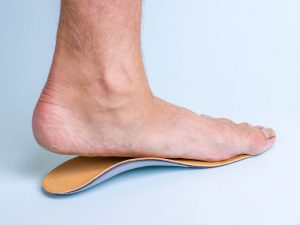
Diabetes insoles are specialized shoe inserts designed for people with diabetes. They are used to provide extra cushioning and support to the feet, which can help prevent injuries such as foot ulcers or blisters that can lead to more serious problems.
- The top cover needs to be skin friendly and soft to avoid skin abrasion, so the diabetes insole needs to use the special top foam for diabetes (e.g. plastazote, which is physical foaming, non irritating, nitrogen open cell foaming, and good breathability).
However, because the plastazote is expensive, we have developed ultra-fine EVA material, which is characterized by cell closed foaming and hardness Shore A 10; - The hardness of the bottom-sole material should be Shore A40, and the softness and hardness of the sole should be consistent from the toe to the heel, which can evenly [dɪˈspɜːs] disperse the pressure and properly support.
The foaming material can protect the skin of the foot that is [ˈvʌlnərəbl] vulnerable to injury;
Our top and bottom materials are generally made of EVA. - The insole has wrapping property, which can prevent foreign matters from entering into the plantar foot;
- The insole can be thermoplastic (about 100 ℃) and hot drying gun (about 110 ℃), which can make the insole fit the foot shape.
